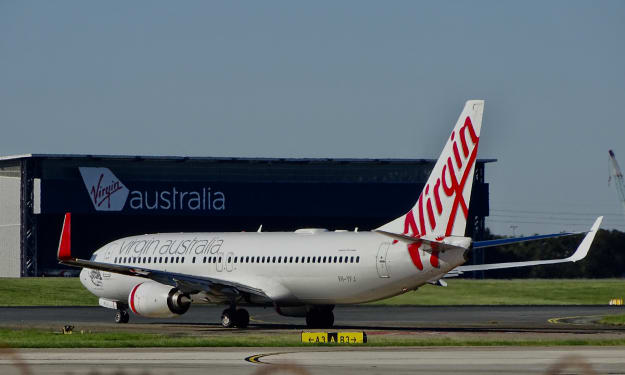
Urban wildlife photography offers a unique perspective on the intersection of nature and human civilization, capturing moments of wild beauty amidst the bustling backdrop of cities. In recent years, this genre has gained popularity among photographers seeking to showcase the resilience and adaptability of wildlife in urban environments.
### The Appeal of Urban Wildlife Photography
At first glance, urban landscapes may seem devoid of wildlife compared to sprawling forests or untouched wilderness. However, cities are home to a surprising array of creatures—from birds and mammals to insects and reptiles—that have adapted to coexist alongside humans. Urban wildlife photographers embrace the challenge of finding and capturing these moments, revealing a hidden world often overlooked by busy urbanites.
### Challenges and Rewards
Photographing wildlife in urban settings presents its own set of challenges. Unlike remote wilderness areas, urban environments are noisy, crowded, and filled with potential distractions. Wildlife species in cities tend to be more skittish and wary of human presence, requiring patience and skill to approach without disturbing them.
Yet, these challenges also yield unique rewards. Urban wildlife photography offers opportunities to capture juxtapositions between nature and human infrastructure—a fox crossing a city street, a hawk perched on a skyscraper, or a squirrel navigating a park bench. These images not only showcase the adaptability of wildlife but also prompt viewers to reconsider their relationship with nature in urban spaces.
### Techniques and Tips
Successful urban wildlife photographers employ a blend of patience, observation, and technical skill. Here are some key techniques and tips for aspiring photographers:
1. **Research and Location Scouting:** Understand the habits and habitats of urban wildlife in your area. Parks, waterfronts, and green spaces are prime locations for spotting wildlife. Visit these areas at different times of day to increase your chances of capturing unique behaviors.
2. **Use of Light and Composition:** Urban settings offer diverse lighting conditions throughout the day. Experiment with early morning and late afternoon light for warm, soft tones. Consider using urban elements such as buildings, street lamps, and bridges to frame your subjects and add context to your images.
3. **Patience and Stealth:** Approach wildlife slowly and quietly to minimize disturbance. Use camouflage or natural cover to blend into your surroundings. Allow animals to become accustomed to your presence before attempting to photograph them.
4. **Adaptability in Gear:** Urban wildlife photography often requires versatility in equipment. A telephoto lens (e.g., 200-400mm) is essential for capturing distant subjects without getting too close. A sturdy tripod can help stabilize shots in busy urban environments.
5. **Ethical Considerations:** Always prioritize the well-being of wildlife. Avoid feeding or disturbing animals for the sake of a photograph. Respect local regulations and guidelines for wildlife photography in urban areas.
### Conservation and Awareness
Beyond capturing striking images, urban wildlife photography plays a crucial role in conservation and awareness efforts. By showcasing the beauty and diversity of urban wildlife, photographers can inspire others to appreciate and protect natural spaces within cities. Images of resilient species thriving amidst concrete jungles highlight the importance of preserving green corridors and habitat connectivity in urban planning.
### Community and Engagement
Urban wildlife photographers often form communities and share their work through social media, exhibitions, and workshops. These platforms not only showcase individual talents but also foster discussions on urban ecology, biodiversity, and sustainable living. Engaging with local communities and organizations can further amplify the impact of urban wildlife photography in promoting environmental stewardship.
### Conclusion
In conclusion, urban wildlife photography offers a compelling glimpse into the harmonious coexistence of nature and urban life. It challenges photographers to seek beauty and diversity in unexpected places while advocating for the conservation of natural habitats within cities. Through patience, skill, and a deep appreciation for the resilience of wildlife, urban photographers continue to capture moments that inspire, educate, and connect us to the natural world amid the hustle and bustle of urban living.
About the Creator
Enjoyed the story? Support the Creator.
Subscribe for free to receive all their stories in your feed. You could also pledge your support or give them a one-off tip, letting them know you appreciate their work.





Comments
There are no comments for this story
Be the first to respond and start the conversation.